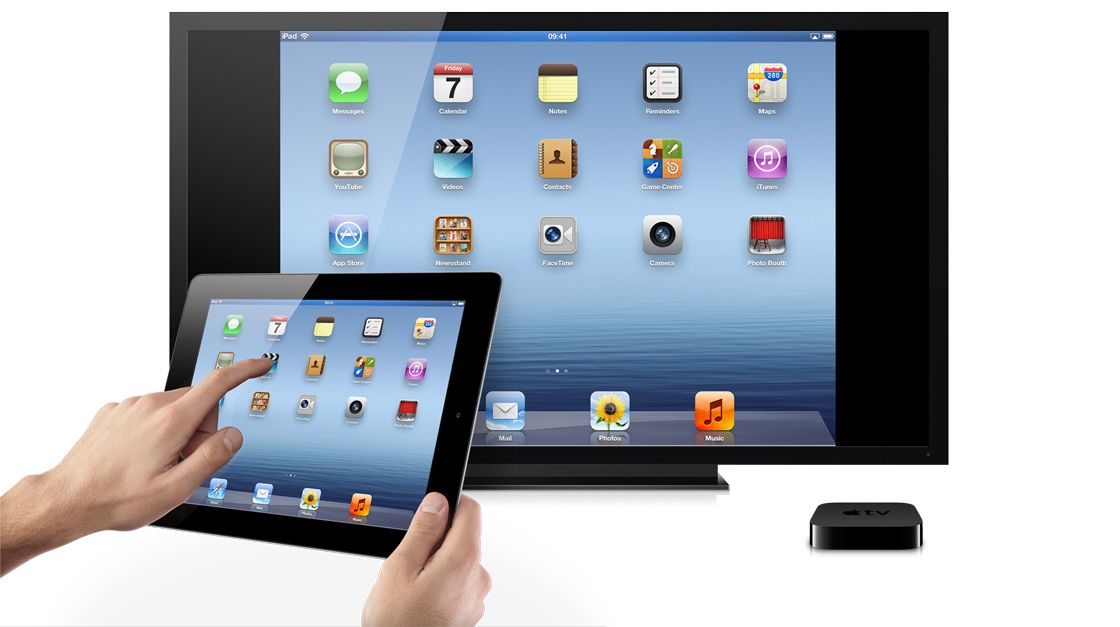

Itunes remote files software#
This gives you much more flexibility in where you store your content, without using iCloud as an intermediary between your iPhone and your NAS.Like any other piece of software it works the way its programmers have told it to. The Files app lets you connect to SMB-compatible servers and use them anywhere files are exposed in iOS. iOS automatically saves your servers and reconnects to them when you return to their corresponding Wi-Fi networks. Once you’ve added your server’s details, you shouldn’t need to manually close or open connections again. Android’s often seen as the more flexible choice for these users but Google’s platform still doesn’t ship with an integrated network share browser. The presence of SMB in Files makes it a much more versatile app for system administrators, enterprise users, and consumers with network-attached storage. For many years, iOS buried the filesystem and went to great pains to stop you from directly interacting with files. SMB support in Files is one of those features where you either know you need it, or you’ve never heard of it. Use the “Save to Files” option in the iOS share menu, then select your server from the list of available locations. While Apple would rather you relied on iCloud Drive, many users still need to save data to a home or corporate NAS.Īdding network shares to Files lets you save email attachments, photos, and web downloads directly to your network storage. The latter use case is helpful if you keep important documents or photos on a network share.

You can add new files, copy existing ones to your iPhone, and add content to network shares from your other apps, via the system sharing menu. Network shares are fully integrated into the Files app and there are no restrictions on their use. You can close a connection by tapping the eject icon to the right of the server’s name. Tap any of the servers in the list to get to its shares list. You can access your existing iOS locations, such as iPhone storage, iCloud Drive, and app-based filesystems, via the “Locations” section above. Your servers will be listed at the bottom of the menu, underneath the “Shared” heading. It might take two taps depending on where you’re starting from. Tap the Browse tab at the bottom of the screen. You can access all your network servers from the “Browse” menu. Commands like cut, copy, and paste will work to bring in content from other locations. You can browse the contents of the share using the familiar Files interface. Tap one of the network shares to view its directory listing. Your iOS device should successfully connect to the server and display a list of available shares. Press the “Next” button in the top-right to complete the connection. You can tap “Guest” instead if you’re connecting to an unprotected share. Tap “Registered User” and fill out the “Name” and “Password” fields with your SMB username and password. The following screen lets you supply authentication credentials if you’ll be connecting to a protected network share.


 0 kommentar(er)
0 kommentar(er)
